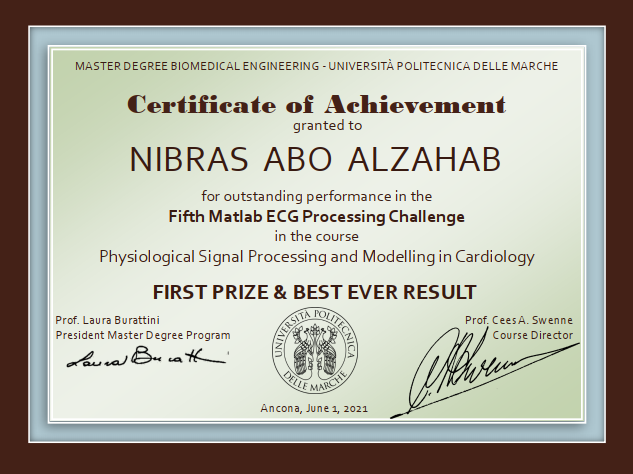EEG-Based Biometric Dataset
As a part of my Master’s Thesis entitled: “Efficient feature selection for electroencephalogram-based authentication.“, a local dataset was recorded. The dataset will be soon available on Physionet.
This data set consists of over240 two-minute EEGrecordingsobtained from 20 volunteers. Resting-state and auditory stimuli experiments are included in the data. The goal is to develop an EEG-based Biometric system.
The data includes resting-state EEG signals in both cases: eyes open and eyes closed. The auditory stimuli part consists of six experiments; Three with in-ear auditory stimuli and another three with bone-conducting auditory stimuli. The signals are when listening to native-song, non-native songs, and neutral music.
The project is under development at UNIVPM, Italy since 2021.
iCAP
In BCI systems, the acquisition of a low-noise EEG signal can enhance the performance of the system. EEG signals are small signals in a range of microvolts. Which means it can be lost due to the high external and internal noise. In order to eliminate the external noise, EEG signals are collected in a shielded room in vitro. However, this hard to be done in real life.
In order to increase the efficiency of BCI systems outside of the shielded lab, we are providing a study of electrodes isolating cap. This cap is inspired by the coaxial cable. From outside to inside, it has four layers; 1) Plastic layer to protect the other layers, 2) Metallic Mesh layer to collect the external noise and prevent it from going inside, 3) Metallic sheet layer to collect signals from the mesh and conduct it to the earth and 4) Plastic layer to electrically isolate the electrodes from the outer world.
The project is under development in collaboration between Damascus University, Syria and UNIVPM, Italy since 2020.
QRS duration in ECG signals
A five-year competition was conducted at Marche Politecnica University (UNIVPM) to detect the duration of the QRS component in Electrocardiograph (ECG).
The proposed method is based on Pan Tompkin algorithm, which is a commonly used algorisem to detect QRS complexes.
The calculated value of QRS width meets what was found in the literature. Those results were checked by an expert and the root sum squared differences is equals 9.3 milliseconds.
The project was conducted at UNIVPM, Italy in 2021.
BrainMoto: Exoskeleton actuated by PAM controled by BCI
An artificial exoskeleton to restore the function of casualties of war and accidents. Users can control the movement of the hand by thoughts using the Brain-Computer Interface system.
As the human limb consists of Muscles, bones and nerves, the artificial limb consists of Artificial Muscles, an Exoskeleton Structure, which follows the rules of bio-mechanics science, and a control system.
When the user decides to move his limb, electric signals are generated in his Brain. The Artificial limb system acquires the EEG (Electroencephalography) signals and translate them into control commands to control the movement of the artificial limb.
The project was conducted at Damascus University, Syria in 2018.
EMG-controled PAMs
A pneumatically actuated antagonistic pair of muscles with joint mechanism is supported and developed to be essential for bionic and biomimetic applications to emulate the biological muscles by realizing various kinds of locomotion based on the normal electrical activity of biological muscles. This project aims to compare the response of antagonistic pairs of muscles mechanism (APMM) based on the pneumatic artificial muscles (PAMs) to an EMG signal that was acquired throw a designed circuit and an EMG Laboratory acquisition kit.
The project was conducted at Damascus University, Syria in 2017.

